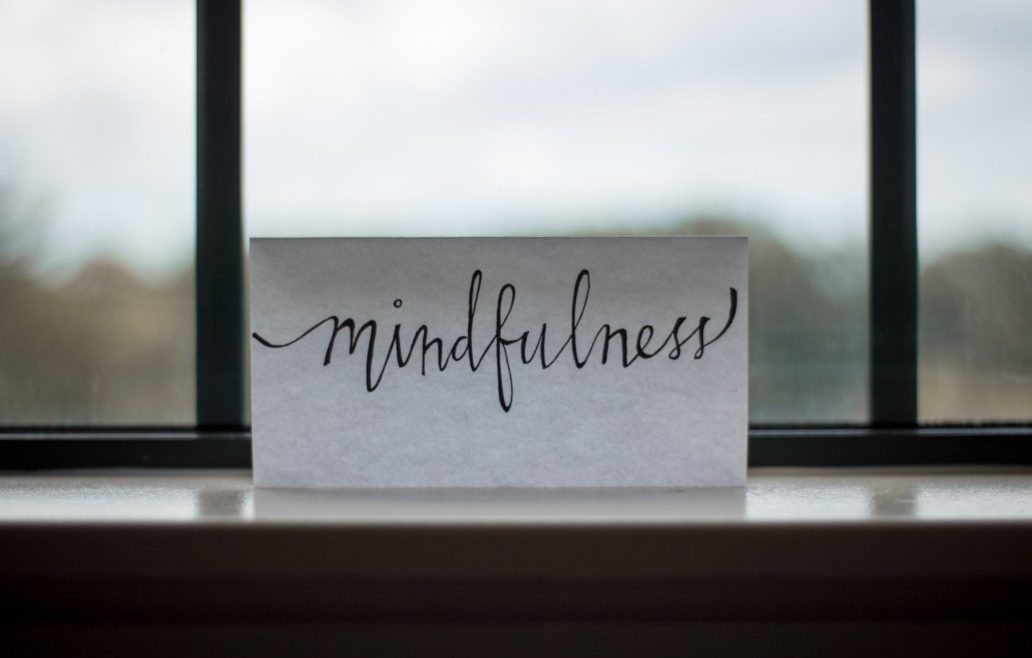If you can’t make it to a live Meditation class, the next best thing is an app. Meditation apps can be a great way to ease into the practice. But as you might have guessed, there is an abundance of apps to choose from. With so many options, it can be difficult to know where to start. While every meditation app will offer an assortment of soothing music, guided meditations, and breathing exercises, some are easier to use, and some require subscriptions to access additional content. It’s a lot to figure out, so to help you get started, here’s a recap of the best meditation apps.
The Best Meditation Apps
Calm
iPhone Rating: 4.8 stars
Android Rating: 4.8 stars
Calm bears the distinction of being rated the #1 sleep app for meditation. While the app features guided meditations, breathing exercises, and soothing music, it also has over 100 bedtime stories and an extensive meditation catalog.
Undoubtedly, one of the standout elements of the Calm app is the guided meditations read by celebrities like Chris Hemsworth and Morgan Freeman and the app’s “Sleep Stories” –relaxing bedtime stories read by celebrities such as Matthew McConaughey, Harry Styles, and Anne Hathaway.
But its star power aside, Calm appeals to so many people because it has content for both novices and advanced users.
Beyond its extensive library of meditations, Calm has expanded its offerings to include a variety of tools to help users stay centered and…well, calm throughout their day. Plus, it adds a new 10-minute daily meditation every day. If that weren’t plenty, there’s even a kids section for children ages 3- 17. The sessions on the Calm app typically range from 3 to 25 minutes in length.
Cost: If you’re not sure about making a commitment, Calm offers a free 7-Day trial. Those who want more access can expect to pay about $15 per month or $70 per year (at time of publishing).
Insight Timer
iPhone Rating: 4.9 stars
Android Rating: 4.9 stars
While the Insight Timer app already offers over 45,000 free meditations, the app continues to expand its extensive library by adding 10 more free guided meditations daily. Insight Timer also provides music tracks and soothing sounds for those who need help with relaxation.
And while 45,000 meditations may sound overwhelming, Insight Timer makes its content easily searchable. Moreover, users can filter the contents by need or interest. For example, if you’re looking for meditations to help you reduce stress or sleep better, or something short because you’re pressed for time, you can find what you want and need fairly easily.
While their comprehensive content library is a game-changer, it’s worth noting that the app seems to have regular technical glitches, which can be a deal-breaker.
Cost: Insight Timer offers free access to thousands of meditations. For those who want a little more, there is a free 7-Day intro course, and a premium membership will run you about $60 per year (at time of publishing).
Headspace
iPhone Rating: 4.9 stars
Android Rating: 4.6 stars
Headspace offers guided meditations, breathing exercises, and assorted mindfulness techniques, which, when paired with an easy-to-use interface, make Headspace a good option for beginners. But rest assured, experts will find it plenty useful as well. Whether you’re looking for meditations for sleep, soothing music, or a sleepcast, you’ll be able to find it with Headspace. Even better, with just a little input from you, the app can build personalized plans that are tailored to you and your needs.
It’s worth noting that while Headspace has a pretty comprehensive library of single meditations and courses, the free content is limited. Headspace also seems to be low-tech and subject to technical issues, so it may not be the best for tech-minded people.
Cost: Headspace offers a free two-week trial; after that, an annual subscription will run you about $70, and monthly membership costs come in somewhere around $13. Keep in mind that if you’re looking for Sleepcasts, you will need a subscription to access those on Headspace (at time of publishing).
Buddhify
iPhone Rating: 4.9 stars
Android Rating: 4.6 stars
Whether you just walked out of a stressful meeting, you’re in between flights, or you just need a moment to recenter yourself before moving on to the next item on your to-do list, Buddhify features on-the-go meditations to meet you where you’re at. With over 200 targeted meditations, each one lasting anywhere from 4 to 30 minutes, you can get what you need when you need it.
The Buddhify app is easy to use, and it even comes with a “wheel of meditation,” which gives you quick access to your preferred meditations.
Cost: Unlike many of the other meditation apps, Buddhify does not offer a free trial. Access will cost you $5 (for the cost of the app), and there are in-app purchases. It might be worth noting that there is no desktop version of Buddhify (at time of publishing).
Breethe
iPhone Rating: 4.7 stars
Android Rating: 4.5 stars
In addition to its many guided meditations, sleep tracks, and soothing music pieces, Breethe also has a program to help beginners learn to meditate. Those pressed for time might be happy to know that meditations on the Breethe app are only 5 minutes long.
Like many of the apps in this category, Breethe has some pretty comprehensive offerings. Users will find guided meditations, inspirational talks, and a masterclass from mindfulness coach Lynne Goldberg. If that weren’t plenty, there’s also find a slew of sleep music playlists, nature sounds, and bedtime readings.
Cost: Breethe is free to download, and it offers a free 14-day trial, so you can dig in without any real reservations. After the trial period is up, you can expect to pay around $12.99 per month (at time of publishing).
The best meditation apps offer comprehensive content libraries that include guided meditations, soothing music tracks, and much more. Many meditation apps offer a free trial, so it’s easy enough to try a few without any commitment. Ultimately, your goal is to pick one that works with your skill level while offering plenty of opportunities to grow and learn. If you can breathe, you can meditate.







